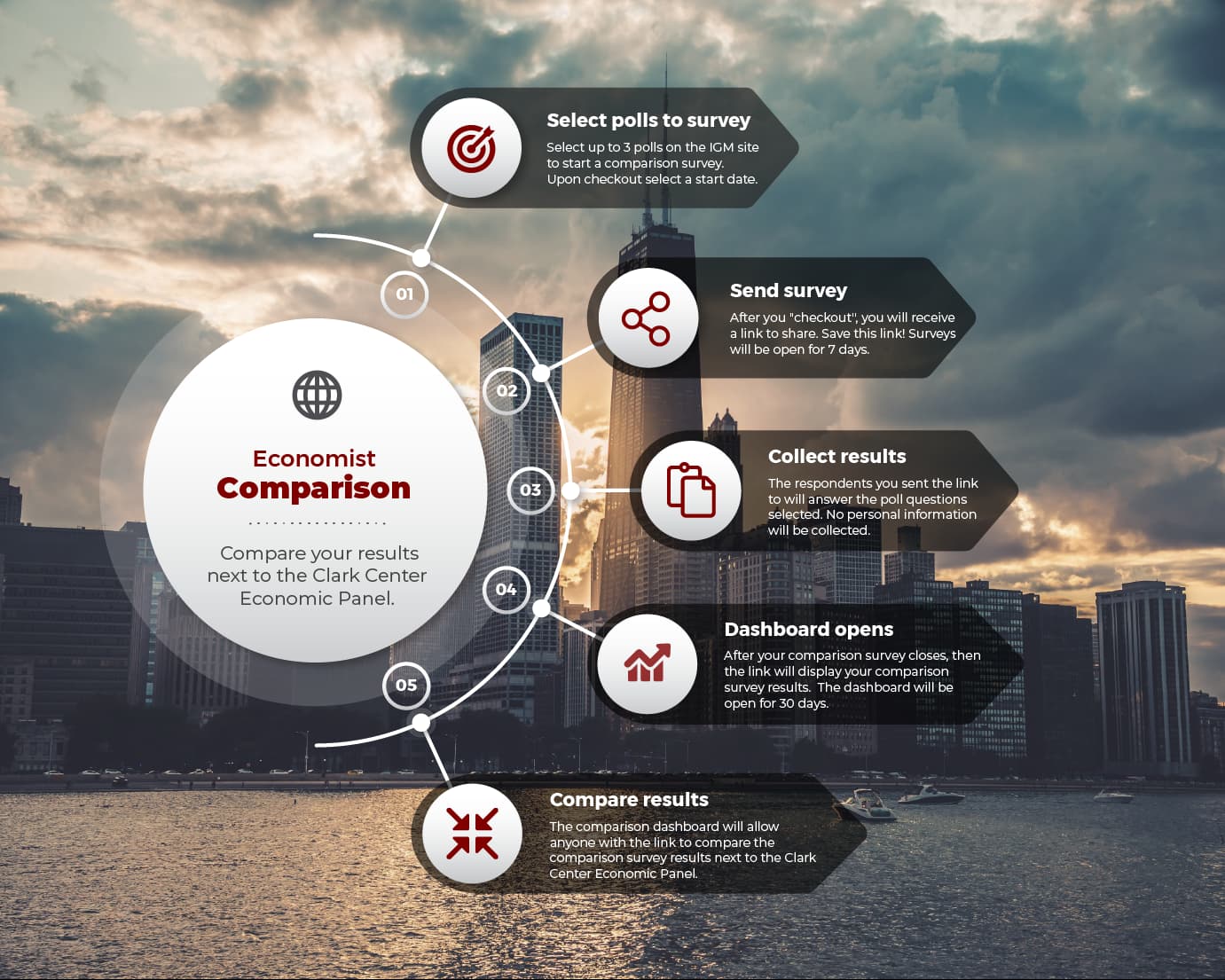The idea of “infrastructure week” became a reasonably popular joke amongst journalists and commentators during President Trump’s first term. As CNN explained at the time, the idea came from the administration’s frequent announcements that in a given week, the focus would be on infrastructure only for it to then get blown off course by some other development or another.
The second time around, it seems to always be tariff week.
Bloomberg recently drew up a useful list of the blizzard of announcements on the trade front so far. So far, three broad sets of new import taxes have been imposed. China has been subjected (in two rounds of 10%) to 20% tariffs – almost twice as high as the barriers put in place in the first Trump trade war. Canada and Mexico (after much, and ongoing, uncertainty) have been subjected to 25% tariffs, with a 20-day exemption for the Big Three auto companies and goods compliant with the USMCA trade agreement and a 10% rate on Canadian energy. Steel and aluminum imports have been hit with a 25% surcharge.
In addition, tariffs of varying levels have been threatened but not yet specified on goods ranging from lumber to computer chips and from pharmaceuticals to copper. Trade analysts, investors, and economists – not to mention business leaders and consumers – are now awaiting what might be thought of as ‘the big one’: the shape of the much-heralded ‘reciprocal tariffs’ due in early April. The broad thrust of what the administration is proposing seems to be to match the tariff schedules of the United States’ trading partners. That already sounds like an administrative nightmare in practice and one further complicated by the idea that non-tariff barriers and even value-added tax rates will also be taken into account. At face value that would suggest, as one example, tariff rates of 20% to 25% across the EU nations.
As the world waits to see exactly what the reciprocal proposals are, US trading partners are weighing up their responses. The big question is whether to retaliate with their own tariffs or not. So far the countries hit by the already in place import duties have taken different paths. China, for example, has been reasonably measured whilst Canada has taken a more forceful approach to counter measures (indeed forceful enough to briefly raise the prospect of 50% tariffs earlier this week from President Trump). In the case of the metals duties, the EU has hit back with its own package on US imports (leading to new threats of further duties from the White House), whilst the UK has, so far at least, turned the other cheek.
The issue of how best to respond to tariffs is far from clear-cut. To start with, as many previous polls of the Clark Center’s various Experts Panels have repeatedly shown, there is a strong consensus amongst economists that tariffs are usually damaging to the country that imposes them. Tariffs on Mexican, Chinese, and Canadian goods – or steel from Europe and Japan – raise prices for American businesses and consumers and, in the longer term, tend to lead to a loss of economic efficiency. Sheltering some domestic firms from foreign competition might (and this is still a might) boost domestic employment in some sectors, but more trade friction means less trade, less trade means less competition, and less competition is associated with weaker productivity growth in the future.
Tariffs do cause pain to firms and countries on the receiving end, but much of the harm comes domestically. Given this, there is a coherent – indeed sometimes compelling argument – that the best response to the imposition of tariffs by a trading partner is simply not to respond. Retaliating, after all, means imposing new taxes on our own firms and consumers. And because retaliation may increase domestic price pressures in the short term, it could potentially narrow the space available to domestic central banks to ease policy in the face of a trade-policy shock.
On the other hand, there is an equally compelling and coherent argument that by retaliating, a country can cause its trading partner to feel more economic pain and rethink the imposition of tariffs in the first place. Equally, there is an argument that not retaliating will send a clear signal that the original imposer of tariffs is capable of getting away with it, and that might lead to even higher tariffs in the future.
Of course, all of the above ignores the political economy of trade policy. In the face of what looks like aggression from a trading partner, politicians may occasionally struggle to not respond. The United Kingdom’s lack of an immediate response to US steel tariffs has not played well domestically with voters.
For European policymakers thinking through their response to reciprocal tariffs next month, or for Mexican and Canadian leaders pondering their next moves in the trade war, the polls conducted by the Clark Center’s European and US Experts Panels this week do not offer any easy answers.
Amongst other questions, both panels were asked, “In the event that the threat of retaliation does not deter the imposition of tariffs, the economies of countries subject to higher tariffs on their exports would be measurably better off by responding with targeted tariffs on imports from the first mover”.
In both cases, what was notable amongst the panels was not just the high level of uncertainty but the extent of genuine disagreement.
Weighted by confidence, 47% of American respondents were uncertain, 28% agreed, and 25% either disagreed or disagreed strongly. Amongst European respondents, 45% either strongly agreed or agreed, 22% were uncertain, and 34% disagreed.
When it comes to whether retaliation in a trade war is the right policy call, the expert jury is still out.

